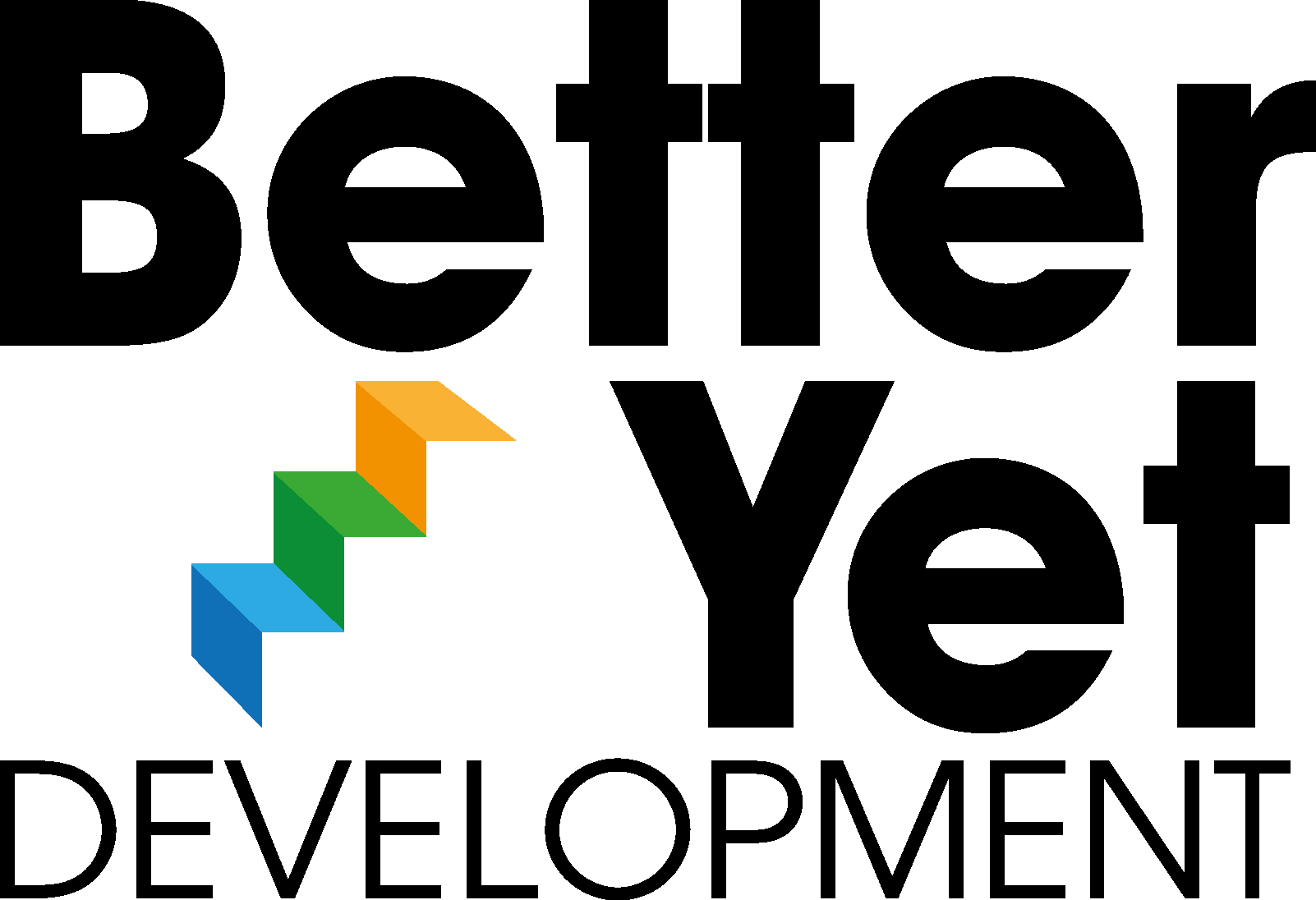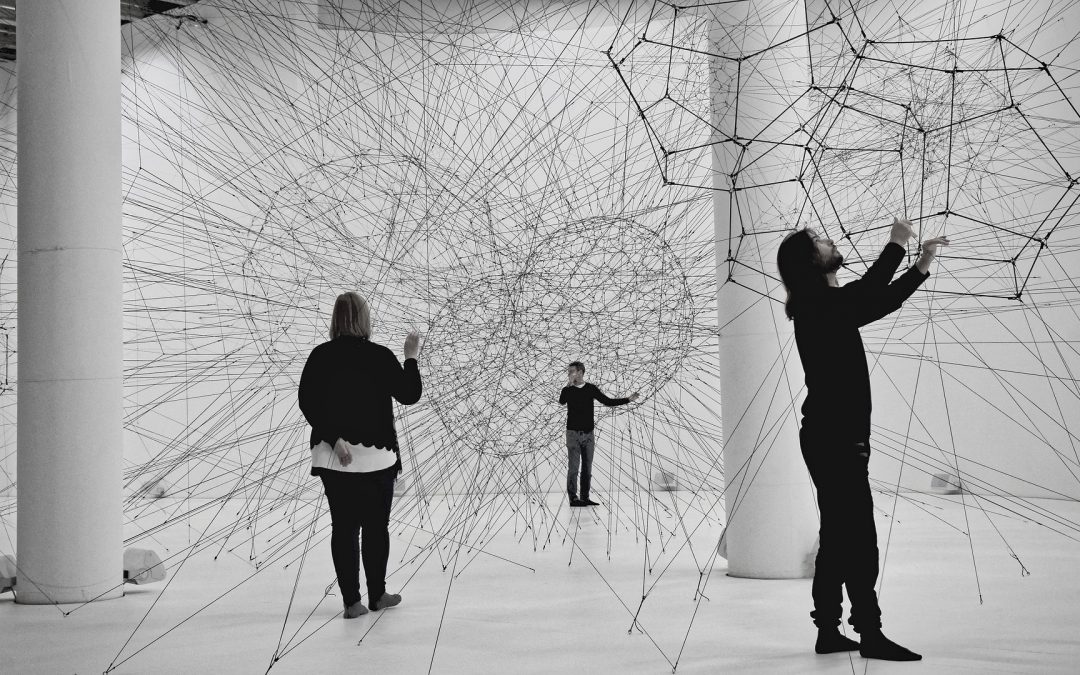“Chance favours the connected mind”
I saw this quote from author Steven Johnson. It whirred around for ages and has just stuck with me.
But what does it mean?
Johnson was talking about ideas and how they usually develop over time and as part of a social process. So whilst we think we’re having a “Eureka” moment in the shower (or wherever we happen to have our best ideas…), we’re usually building on or modifying something that already exists, that we’ve picked up from somewhere or more likely someone else.
By extension, there’s not much that is truly new. Innovation tends to work by borrowing bits of ideas that become original in their composite form.
The prolific productivity and neuroscience blogger Anne Laure Le Cunff has shared a creativity process based on the disciplined consumption of targeted material – books, articles, videos, podcasts etc, followed by what she calls ‘note making’ as opposed to note taking. This involves extracting interesting or intriguing ideas from the material before re-writing them in your own words and adding questions, additional thoughts and insights. The final stage is a pulling together of these apparently disparate ideas onto a single page or screen to explore connections, relationships or clusters that form into something new. Matt Ridley has spoken about a similar phenomenon with his notion of ‘idea sex’.
So, be outward-looking, be interested, consume varied information and the likelihood of you generating new, creative ideas increases dramatically.
But, the ‘connected mind’ in Johnson’s quote really relates to social connection. As long as you can combine listening and curiosity, the deeper and more varied your social connections are, the more likely you are to pick up those new and interesting bits and pieces, which over time have the potential to become new and valuable.
It’s an invitation and an exhortation to be sociable, open-minded and receptive.
This is particularly relevant to my work with teams.
Teams in name only, where everyone just shows up to their weekly meeting, in which individuals share updates and then tune out whilst their colleagues have the floor, are destined rarely or never to innovate.
Listening, curiosity and diversity are team superpowers that should lead to ever deeper connection and an endless flow of innovative ideas.
In teams, connection and trust often work together, creating a psychologically safe foundation of sharing and learning.
In a connected team, failure is owned, shared, reviewed and learnt from. A team of connected minds will produce a number of improvements and innovations following every mishap.
Seeking connection shouldn’t stop within the team. All teams have to operate as part of a larger system and those that seek connections in other teams and other systems are almost certainly giving themselves a huge creativity advantage. Organisations benefit too. A connected organisation is the antithesis of the inward-looking, information hoarding silo culture.
Building a connected team takes time and won’t necessarily happen naturally. It requires the deliberate nurturing of a culture where hunches are encouraged, shared and freely interact with the hunches of others.
That’s what the most innovative teams and team leaders build and maintain.

